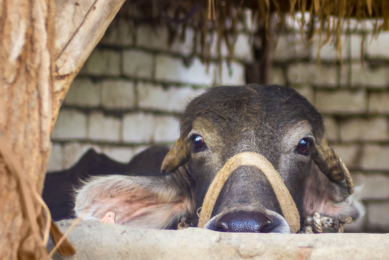From crude enzyme to target molecule

Enzymes have been included in animal diets for many years, predominately to overcome the adverse effects of anti-nutritional factors in the raw materials and to improve digestion of dietary components. However, making enzymes is one craft and how to use them is another.
EXPERT
In the beginning, only crude enzymes were used in limited amounts. Years later, NSP enzymes, phytases and proteases were introduced to the animal feed market. Today, the use of exogenous feed enzymes in (mainly) monogastric diets is becoming a norm. This is not only the result of the increased fundamental knowledge on the mode of action of enzymes, but also due to the pressure on feed prices and livestock growth in some regions. It is therefore not surprising that we’ve see a rapid growth of the feed enzyme market over the past 5 years.
Increase in research investment
This growth is projected to keep pace over the next decade as well. But not only volumes count. A great amount of research money is being spent to make enzymes even better and more effective.
Enzymes past, present and future
Compared to the old days, enzymes are now more efficient, heat stable and have a better delivery mechanism (meaning that the enzyme acts where that particular enzyme needs to work). The delivery mechanism is very important. If you are able to deliver a specific dosage of an enzyme to target sites in the animal digestive system, the efficacy of the enzyme can be improved.
Combining specialties
Another ‘trend’ in the enzyme world is the increased number of collaborations between enzyme producing firms and animal nutrition companies. Making enzymes is one craft, but how the enzymes need to be fed to animals is another. Combining specialties is very fruitful for the global animal feed industry. It means that diet formulation will become even more advanced and cost effective than ever before.











